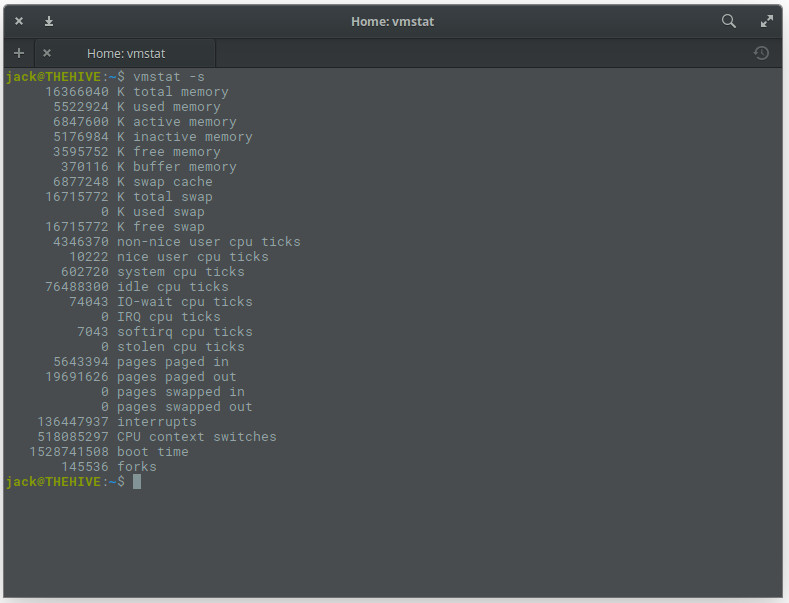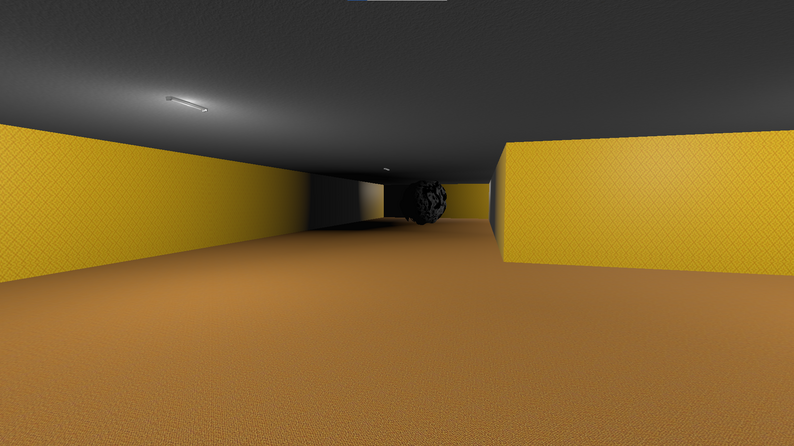
#SEE FREE MEMORY LINUX FREE#
This plugin is installed by default on newly monitored servers. The most popular command in order to check your RAM on Linux is to use the free command.
#SEE FREE MEMORY LINUX FULL#
Hmmm Using our above formula for memory utilization we get 28 Thats a full 10. The free command is probably the most popular way to check memory size in Linux. 5 Ways To Check Available Memory In Linux Method 1: Using Ubuntu System Monitor Method 2: Using htop Method 3: Using the cat /proc/meminfo Command Method. If you are using Scout, Eric Lindvall’s Memory Profiler plugin already takes the buffer cache into account when determining free memory. The Free Command is the easiest and simplest command to use for checking memory use on Linux. That’s 95x more free memory than than we initially thought. Actual Free MemoryĪctual Free Memory = Free (39 MB) + Buffers (95) + Cached (3590) = 3,724 MB When an important task comes up, he drops the less important chores. The buffer cache works like your most efficient coworker: when things aren’t busy, he runs around making things run smoother. What happens if a program needs more memory than what’s available? The buffer cache will shrink to accommodate the increased memory needs. For example, to see a list of all the processes that are using more than. The /proc/meminfo file The /proc/meminfo file reports statistics about memory usage on Linux. It would be best if you kept an eye on buffers and caches used by the kernel too. A developer or seasoned sysadmin must know the total amount of free and used physical, including swap memory in the server. In fact, Linux uses all free RAM for the buffer cache to make reading data as efficient as possible. To find out which processes are using up the most memory, you can use the ps command. Memory plays a critical role in a Linux system. Linux caches blocks from the disk in memory. Reading data from a disk is far slower than accessing data from memory. Only 39 MB of free memory? Put down the antacid – you’ve got a lot more free memory than you think.


With a quick glance, you might start sweating.

When checking the amount of free memory on a Linux server, it’s easy to think you’re running out of memory when you’re not.įor example, here’s the output of free -m on a server with 4GB of RAM: The free command gives you a table of the total, used, free, shared, buffer/cache, and available RAM on your computer.


 0 kommentar(er)
0 kommentar(er)
